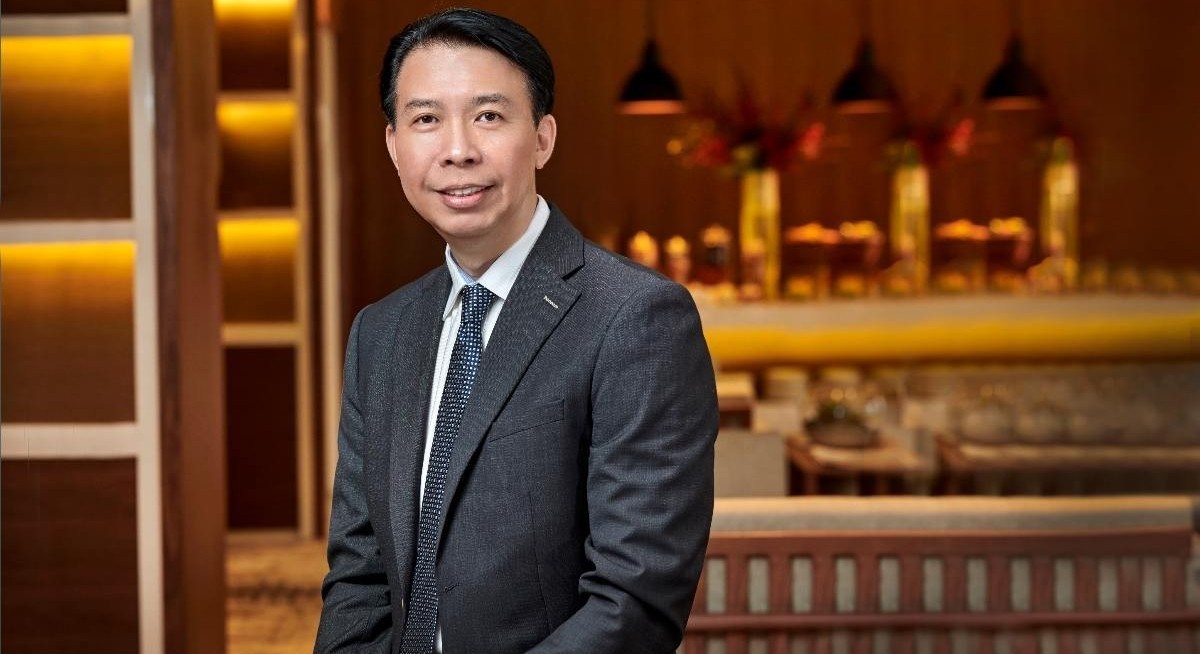In fact, climate and sustainability matters were left out of the FEOR30 strategy, a follow-up to its FEOR25 strategy unveiled in 2021.
Tang, who took on the role in January 2020, instead outlined the group’s plans to grow assets under management. “We want to make sure we can deliver, if we do make a [net-zero] commitment, and not backtrack subsequently,” says Tang to analysts and media. “We don’t have any clarity at this point in time that we can reach [net zero] with our portfolio still very fluid, as we continue to add and sell.”
2024 update
According to Far East Orchard’s 2024 sustainability report, released in April this year, the group maintained flat growth in Scope 1 and 2 emissions from owned properties in 2024 compared to 2023, “despite [an] increase in occupancy and usage at several assets”.
See also: Far East Orchard to go light over the next five years
Far East Orchard’s owned assets generated 10,791 tonnes of carbon dioxide equivalent (tCO2e) across Scope 1 and 2 in 2024, up nearly 0.8% y-o-y but down some 3.5% from 2022.
Scope 1 refers to direct emissions occurring from sources that are owned or controlled by the company and Scope 2 refers to indirect emissions from the generation of purchased electricity, steam, heat or cooling that the company consumes.
Emissions intensity, or the tCO2e generated per sqm of owned assets, has stayed flat for three years running, at 0.05.
See also: Deadly storms, US$3 bil in losses test Vietnam’s climate defences
Far East Orchard’s latest sustainability report runs over 66 pages, covering topics including water conservation efforts and data security. But the group has shied away from further climate commitments so far. Its “long term (after 2030)” plan, according to its latest sustainability report, is loosely defined as “further decarbonisation efforts in line with any industry or national targets legislated by the governments of the countries of our owned properties”.
Lagging peers and relatives
Hongkong Land, which was mentioned at the FEOR30 briefing, has a 2050 net-zero target. Before then, it aims to cut its Scope 1 and 2 emissions by 46.2% by 2030 against a 2019 baseline.
Hongkong Land also aims to cut its Scope 3 emissions intensity by 22% by 2030. Scope 3 emissions arise from a company’s upstream and downstream value chain. In total, there are 15 categories within Scope 3, and most companies start by reporting on Category 6 — emissions arising from business travel.
Aside from climate targets, Hongkong Land has also set 2030 goals like switching at least 50% of its electricity consumption to renewables and drawing at least 50% of its debt facilities in the form of sustainable financing.
There are also other ways to drive sustainability across an owned or leasing portfolio. By 2030, Hongkong Land wants 90% of its leasing portfolio to achieve the second-highest or above ratings for green building certification, while all its wholly-owned leasing portfolio should achieve the highest ratings for green building certification.
Far East Orchard is also lagging fellow Far East subsidiary Far East Hospitality Trust (FEHT). In 2022, FEHT set a long-term target to achieve net-zero emissions by 2050.
Sink your teeth into in-depth insights from our contributors, and dive into financial and economic trends
This came two years before FEHT established a mid-term emissions reduction target for 2030, aiming to reduce absolute carbon emissions (Scope 1 and 2) by 20% from the base year of 2024.
In 2024, FEHT’s total Scope 1 and 2 emissions stood at 17,105 tCO2e, 11.8% higher y-o-y. This was some 58% higher than Far East Orchard’s 2024 emissions on an absolute basis.
Moving away from comparisons, what is commendable is that Far East Orchard has been widening its Scope 3 emissions tracking to include four categories as at end-2024: fuel-related and energy-related activities, waste generated in operations, business travel and employee commuting.
We look forward to more updates on Far East Orchard’s net-zero strategy, which will hopefully arrive before the unveiling of its next five-year plan.




